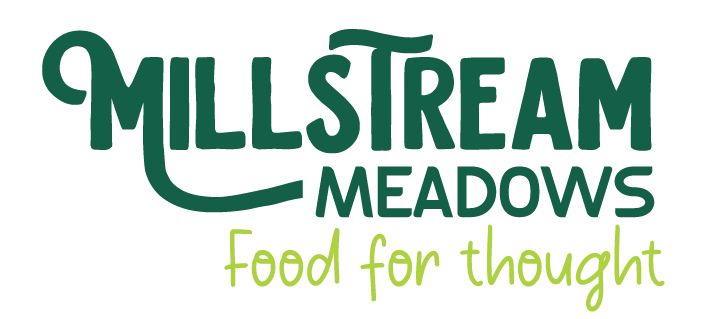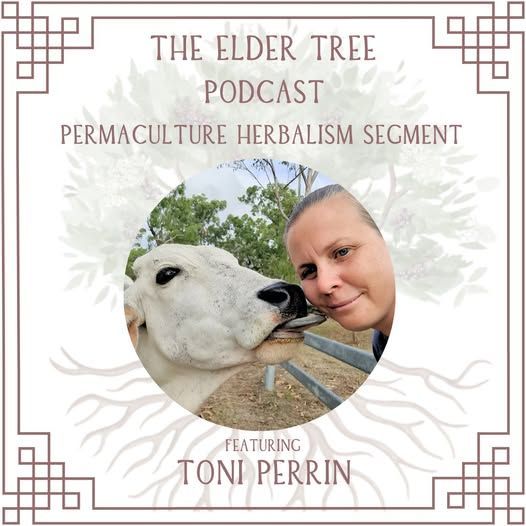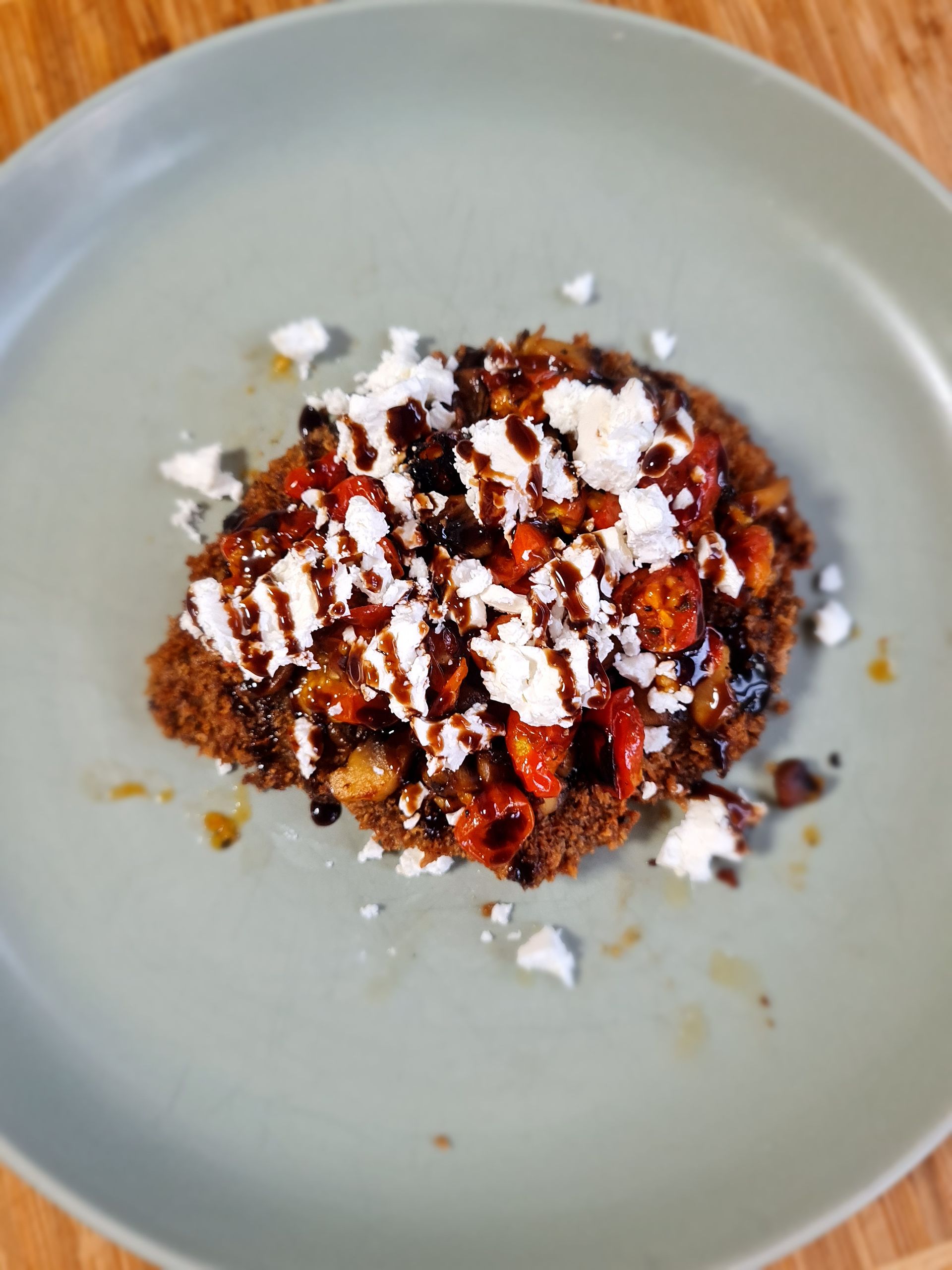Pork Cuts Explained
You might be considering ordering a half or whole pig to fill your freezer with delicious pasture-raised pork to feed your family. If you’ve never ordered this way before, it can be a little overwhelming trying to work out what cuts you might order so we’ve made this guide which might help you to choose.
How are the weights worked out?
When you order your whole or half a pig, the amount you pay will be based on the weight of the hanging carcass.
A live pig may weigh around 86Kg. When the hair, blood, internal organs, etc have been removed, you are left with a hanging carcass that may weigh around 70% of the live weight of the pig so in this example, the carcass weight would likely be around 60Kg. This is the weight that you will pay for.
From there, the carcass is butchered into a variety of cuts and some bones will be removed in the process along with any inedible glands and offcuts that aren’t suitable to eat. That may mean that the final weight of the cuts you receive could be around 25% less than the carcass weight depending on the cuts you choose.
Cut choices
There are 3 primal cuts from a pig – Leg, Middle, Shoulder. From each of these primal cuts come a number of other subprimal cuts to choose from. It’s important to note that not every butcher offers every cut as an option so we will limit the choices for each order accordingly.
Leg
Legs are quite simple as far as options are concerned – you can either have leg roasts or the leg can be cured and smoked to become ham (this process takes around 2 weeks). Depending on the size of the carcass, you may like to split the legs into 2 portions for smaller roasts or hams. You can also cut the legs down to make pork hocks (great smoked and added to soups), ham steaks, or schnitzel.
Middle
The prized primal cut of the pig is the middle. This is where you get ribs, bacon, pork belly, and loin chops from but you will need to choose carefully. If you want bacon that has the eye (the round fleshy part of middle bacon) then that means sacrificing your loin chops and pork belly as that utilises the same parts of the pig. Alternatively, you can just have bacon made from the belly only which will give you a streaky strip bacon but of course if you use the belly for bacon, you can’t have pork belly but you can have pork chops/steaks. If you want meaty spare ribs then you will also need to sacrifice the pork belly to ensure they have enough meat on them. We find that this can generally be the reason that many people opt to buy a whole pig rather than a half – you simply get more belly and loin to work with and can have a bit of everything! Another cut we haven’t mentioned is the tenderloin. There are two tenderloins on a whole pig (one per side) and it is a delicious tender cut that is ideal for a lot of different recipes. Remember that anything that requires curing such as bacon will take 2 weeks to be cured and smoked.
Shoulder
Pork shoulder is one of the fattier cuts of the pig which makes it ideal for pulled pork. You have a couple of options with the shoulder – the part closest to the leg can be made into a picnic ham (similar to a leg of ham but a little smaller) and the largest fattiest part made into a boston butt/collar butt/blade roast/port butt (lots of names – same thing) which is ideal for slow cooking, roasting, or smoking to render the fat and become juicy and tender. Alternatively, you can have the shoulder cut into pork shoulder/blade steaks. The shoulder is also the perfect part of the pig to turn into sausages or mince.
The final takeaway
At Millstream Meadows, we’ve been growing and processing our own pigs for a couple of years now and we’ve tried pretty much every cut you can have from the pig. One thing we know for sure is that it is all delicious and once you’ve tried pasture-raised pork from happy pigs, you’ll never want to go back!
If you are keen to get some delicious pasture-raised pork on your fork, be sure to join our VIP list to be notified when we are taking orders next.






